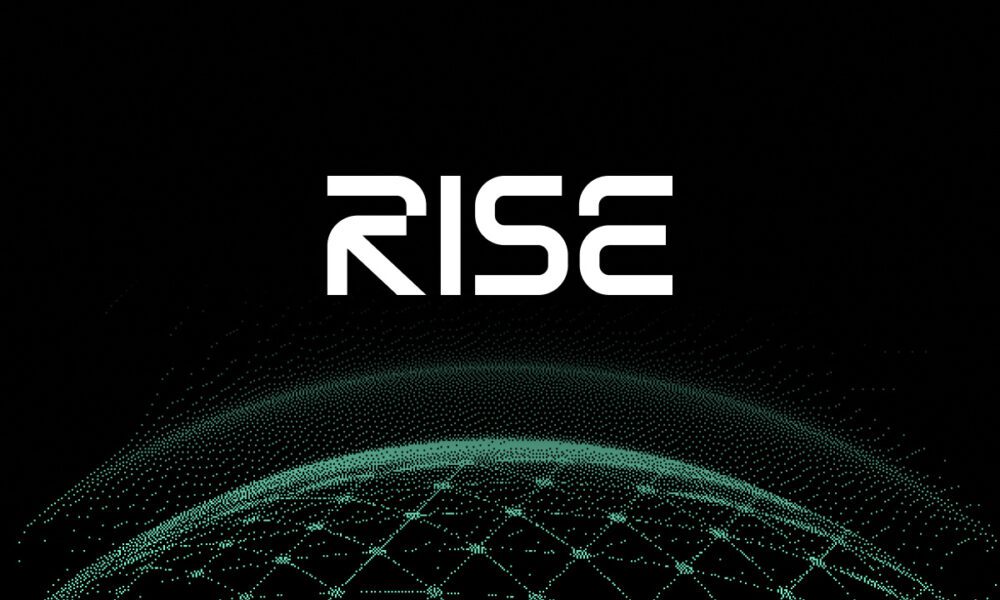In today’s fast-moving digital environment, businesses of all sizes are increasingly turning to advanced IT solutions to stay competitive. Whether it’s streamlining internal operations, securing sensitive data, or expanding infrastructure, the right technology approach makes all the difference. More than just tools and software, it’s about strategy—choosing scalable, cost-effective, and resilient systems tailored to evolving needs.
Why Strategic IT Planning Is Non-Negotiable
Every growing business eventually hits a point where ad hoc IT decisions no longer work. Systems begin to conflict, data becomes hard to manage, and downtime eats into productivity. That’s where strategic IT consulting comes into play. With expert guidance, organizations gain clarity about what technologies to adopt, how to integrate them seamlessly, and where to invest for the best ROI.
Companies that work with an experienced IT Consulting Company benefit from long-term technology roadmaps, vendor management, and proactive budgeting. This professional insight often becomes the catalyst for improved agility and smarter scaling decisions.
Future-Proofing Operations with Cloud-Based Solutions
Cloud computing is no longer a buzzword—it’s the foundation of modern business infrastructure. The flexibility it offers allows teams to collaborate in real-time, scale resources based on demand, and maintain uptime with ease. Migrating to the cloud is a transformative move, especially when it’s done with precision and care.
Utilizing Cloud Computing Services gives organizations access to enhanced storage solutions, automated backups, disaster recovery, and real-time access to data—all while reducing the need for bulky on-premise systems. Cloud-based platforms also support remote work and hybrid models, empowering teams to stay connected from anywhere.
Cybersecurity: A Core Component, Not an Afterthought
Security is no longer just an IT concern—it’s a business imperative. Cyber threats are evolving, and regulatory environments are becoming stricter. Businesses must adopt a proactive security posture to safeguard their operations and earn their clients’ trust.
A comprehensive approach includes firewalls, endpoint protection, multi-factor authentication, and continuous monitoring. But beyond the technology itself, having a strategic partner who understands the nuances of digital security ensures gaps are identified and addressed before they become liabilities.
Compliance and Data Protection in a Regulated World
For many industries, compliance isn’t just a best practice—it’s the law. From financial services to healthcare and everything in between, adhering to standards like HIPAA, GDPR, or CMMC is essential. Navigating these requirements, though, can be complex and time-consuming.
This is where professional Compliance Services prove invaluable. They ensure that systems, protocols, and practices align with regulatory expectations. Regular audits, risk assessments, and policy enforcement all become manageable when guided by experts who understand the stakes.
Building Resilience Through Business Continuity Planning
Unexpected disruptions—whether from cyberattacks, hardware failure, or natural disasters—can grind operations to a halt. That’s why businesses must prepare for the unpredictable through comprehensive business continuity strategies. These plans outline how operations will continue in the face of adversity, how data will be recovered, and how teams will respond.
Partnering with specialists to craft and test these plans ensures minimal downtime and quick recovery, helping organizations maintain service levels even during a crisis. In an age where every minute counts, resilience isn’t optional.
The Role of Automation in Driving Efficiency
Manual processes drain time, increase the risk of error, and limit scalability. By automating repetitive tasks—like data entry, reporting, and even customer service—organizations unlock new levels of efficiency.
Automation tools also free up IT staff to focus on more strategic initiatives. From onboarding workflows to system monitoring, intelligent automation is quietly reshaping how businesses operate behind the scenes.
Optimizing IT Budgets for Long-Term Success
One of the biggest benefits of having a clear IT strategy is budget optimization. Rather than reacting to problems with costly short-term fixes, companies that invest in strategic IT planning experience fewer emergencies, reduced downtime, and better vendor terms.
Budgeting isn’t just about cutting costs—it’s about spending smarter. Whether it’s consolidating services, renegotiating licenses, or migrating to more efficient platforms, proper planning often leads to substantial savings.
Scalability: Supporting Growth Without Compromise
As companies grow, so too do their IT demands. Whether it’s adding new users, locations, or services, systems must be ready to adapt without causing bottlenecks. That’s why scalability needs to be baked into every IT decision from the start.
From bandwidth to storage to application performance, scalable infrastructure ensures seamless transitions during periods of expansion. It eliminates the need for constant overhauls and provides a competitive edge in fast-changing markets.
Integrating Technologies for a Unified Ecosystem
Siloed systems create friction. When software doesn’t talk to hardware—or platforms don’t share data—productivity suffers. Integration is key to unlocking a truly cohesive technology environment.
A unified ecosystem enhances collaboration, accelerates workflows, and improves visibility. Whether it’s integrating CRM tools with accounting software or linking cloud storage to communication platforms, the goal is seamless, intuitive use.
Empowering Teams with Training and Support
Technology is only as powerful as the people who use it. That’s why training and support should never be overlooked. Rolling out new systems without proper onboarding often results in poor adoption and wasted investment.
Ongoing training, clear documentation, and responsive support services help teams make the most of their tools—boosting confidence and productivity across the board.
Conclusion
In a world where technology drives business success, organizations must take a proactive and strategic approach to their IT needs. By aligning infrastructure, security, compliance, and cloud services with long-term goals, companies position themselves for sustained growth and resilience.































